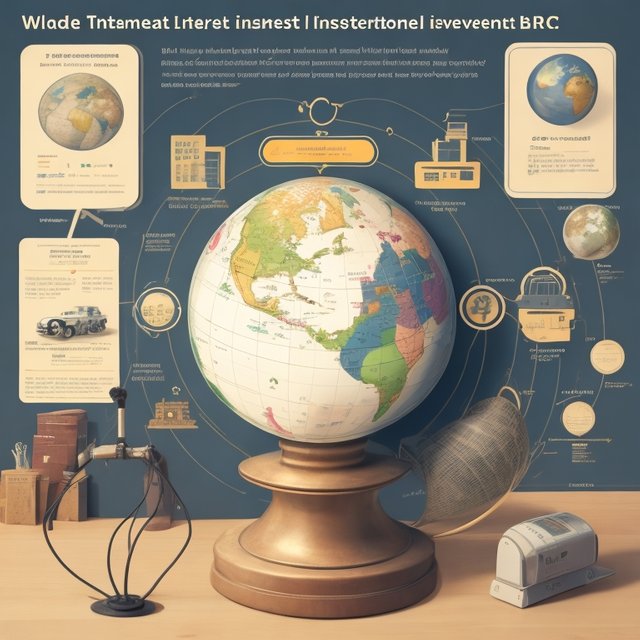History
The internet has a rich history that dates back to the early days of computing. In the 1960s, the United States Department of Defense created a network called ARPANET (Advanced Research Projects Agency Network) to connect computers at different universities and research institutions. ARPANET was the first wide-area network (WAN) and the precursor to the modern internet.
In the 1970s, researchers at the University of California, Berkeley developed a new networking protocol called TCP/IP (Transmission Control Protocol/Internet Protocol). TCP/IP allowed different types of computers to communicate with each other over ARPANET and other networks.
In the 1980s, the internet began to grow rapidly as more and more organizations connected to it. The first commercial internet service providers (ISPs) emerged, making it possible for individuals to connect to the internet from their homes and businesses.
The 1990s saw the rise of the World Wide Web, which made it easy for people to access information and resources on the internet. The first web browser, Netscape Navigator, was released in 1994.
In the early 2000s, the internet became increasingly accessible to people around the world. The development of mobile internet technologies made it possible for people to access the internet from their smartphones and tablets.
Development
The internet has continued to develop rapidly in recent years. New technologies and applications are emerging all the time.
One of the most significant developments in recent years has been the rise of cloud computing. Cloud computing allows businesses and individuals to access computing resources over the internet, rather than having to maintain their own infrastructure.
Another significant development has been the growth of social media. Social media platforms like Facebook, Twitter, and Instagram allow people to connect with friends and family, share information, and create and consume content.
The internet has also become increasingly integrated into our everyday lives. We use the internet to work, learn, shop, and entertain ourselves.
Forecast
The internet is expected to continue to grow and develop in the coming years. Some of the key trends that are likely to shape the future of the internet include:
The rise of artificial intelligence (AI) and machine learning (ML): AI and ML will be used to develop new and innovative internet applications, such as personalized search results and virtual assistants.
The growth of the Internet of Things (IoT): The IoT is a network of physical devices that are connected to the internet. The IoT is expected to have a major impact on the internet, as it will generate massive amounts of data that will need to be processed and analyzed.
The development of new network technologies: New network technologies, such as 5G and 6G, will provide faster and more reliable internet access. This will enable new and innovative internet applications, such as self-driving cars and augmented reality.
The internet has had a profound impact on society and culture. It has changed the way we communicate, learn, work, and entertain ourselves. The internet is expected to continue to grow and develop in the coming years, and it will have an even greater impact on our lives.
